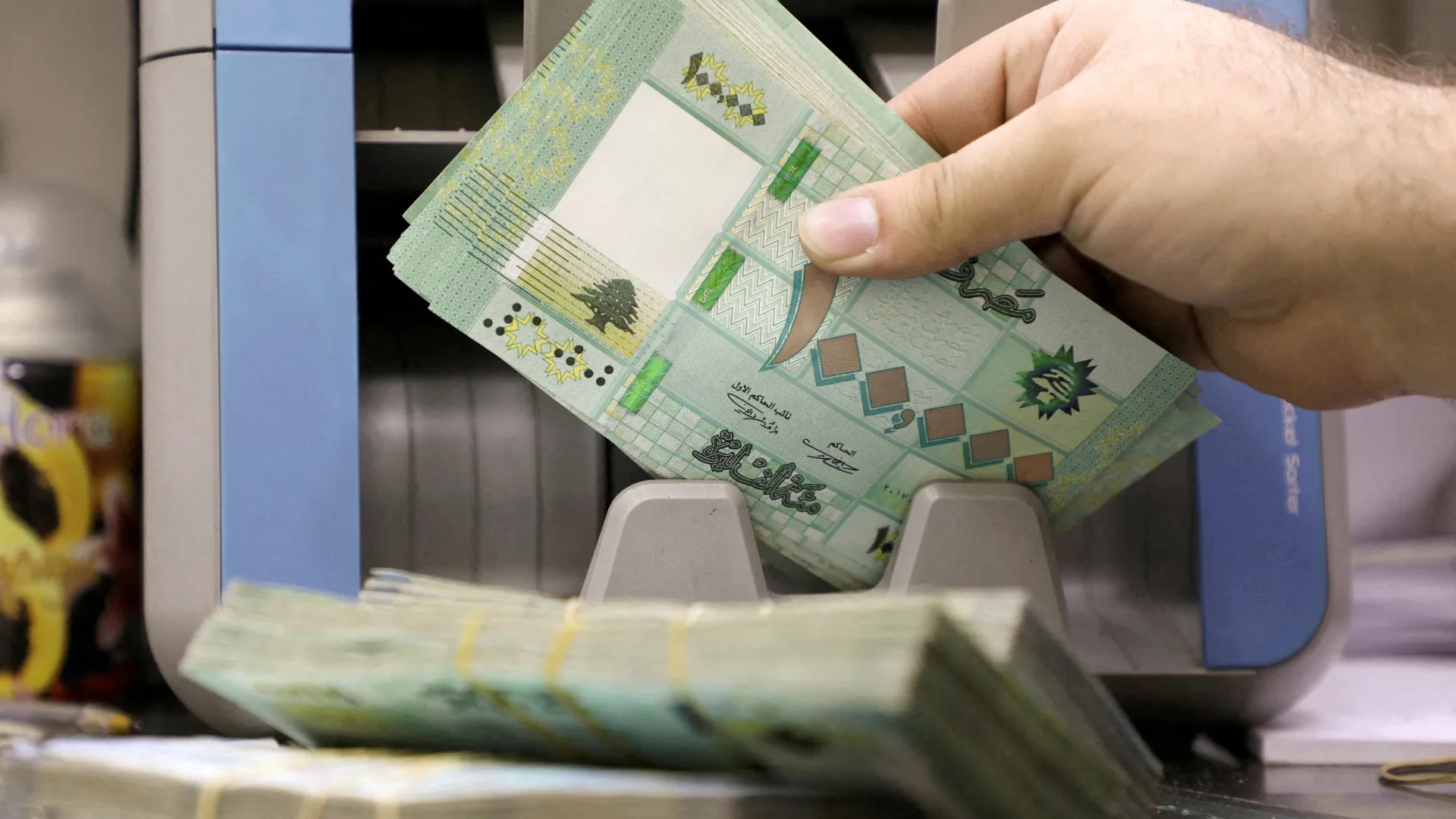
According to a recent analysis by the Middle East Institute, the escalating and ongoing conflict between Israel and Hezbollah in Lebanon is intensifying Syria’s already fragile economic crisis, as the Assad regime, heavily dependent on Lebanese trade and infrastructure, grapples with severe disruptions to its economy. Israel’s widening military campaign in Lebanon has cut critical supply routes and halted the flow of essential goods into Syria, triggering a cascade of price hikes and shortages in regime-controlled areas.
The effects have been swift and severe. Fuel prices in Damascus’ black market have more than doubled in recent days, rising from 12,000 Syrian pounds per liter ($0.81) to 30,000 pounds ($2.30). The surge in fuel costs has rippled through other essential goods, with the price of transporting staples like fruits and vegetables doubling and adding 15-25% to the cost of basic necessities.
For years, Assad has relied on Lebanon as a critical trade conduit to offset its isolation from international markets. Lebanese border crossings served as lifelines for the regime’s limited manufacturing sector, facilitating the import of raw materials and the export of goods such as cotton, plastic items, and food.
However, Israel’s strikes on southern Lebanon’s transportation hubs have effectively severed these connections, causing near-total disruptions to export channels. The impact of losing Lebanon as a major trade partner has cut off one of the regime’s few remaining sources of foreign currency, further weakening an economy already battered by sanctions, corruption and mismanagement, exploitative economic policies, and low purchasing power.
Adding to the regime’s economic woes is the massive influx of people from Lebanon into Syria. In the last month, over 425,000 individuals have crossed into Syria, driving up the demand for housing in an already overburdened market. With minimal regulatory oversight, landlords in Damascus and other urban centers have capitalized on the situation, doubling rental prices in some areas and demanding six months’ rent upfront, often in US dollars. As a result, long-term residents are being priced out of their homes, as landlords prioritize incoming refugees willing to pay higher rents.
For everyday Syrians, the economic upheaval is devastating. Already living on stagnant wages, in an oppressive authoritarian economy, most households are now unable to afford basic necessities. The cost of living for a family of five has soared to 8.5 million Syrian pounds ($575) per month, while the minimum wage remains below $19. The drastic disparity has plunged many families further into poverty, exacerbating discontent in regime-controlled areas.
The economic pressure has sparked sporadic protests in the past, most notably in Suwayda, where demonstrations began in 2023 in response to fuel subsidy cuts and have since evolved into broader calls for political change. Suwayda’s unique sociopolitical dynamics distinguish it from other regions, analysts warn that discontent could spread to traditionally stable areas like rural Damascus, and coastal regions if the crisis deepens.
While widespread destabilization of the Assad regime remains unlikely in the short term, experts suggest that prolonged economic hardship may erode the loyalty of key supporters and expose vulnerabilities in the regime’s grip on power. The Assad’s reliance on force to suppress dissent risks backfiring if economic desperation outpaces fear of reprisal.
Though the regime’s security apparatus remains firmly in place, the failure to address Syria’s economic challenges, compounded by the loss of Lebanese trade and the influx of refugees, could eventually strain its authority. Prolonged hardship risks deepening rifts within loyalist ranks, threatening its ability to contain future unrest. As Syrian households face an ever-worsening cost of living, the regime’s ability to maintain stability without addressing these underlying economic issues appears increasingly precarious.









